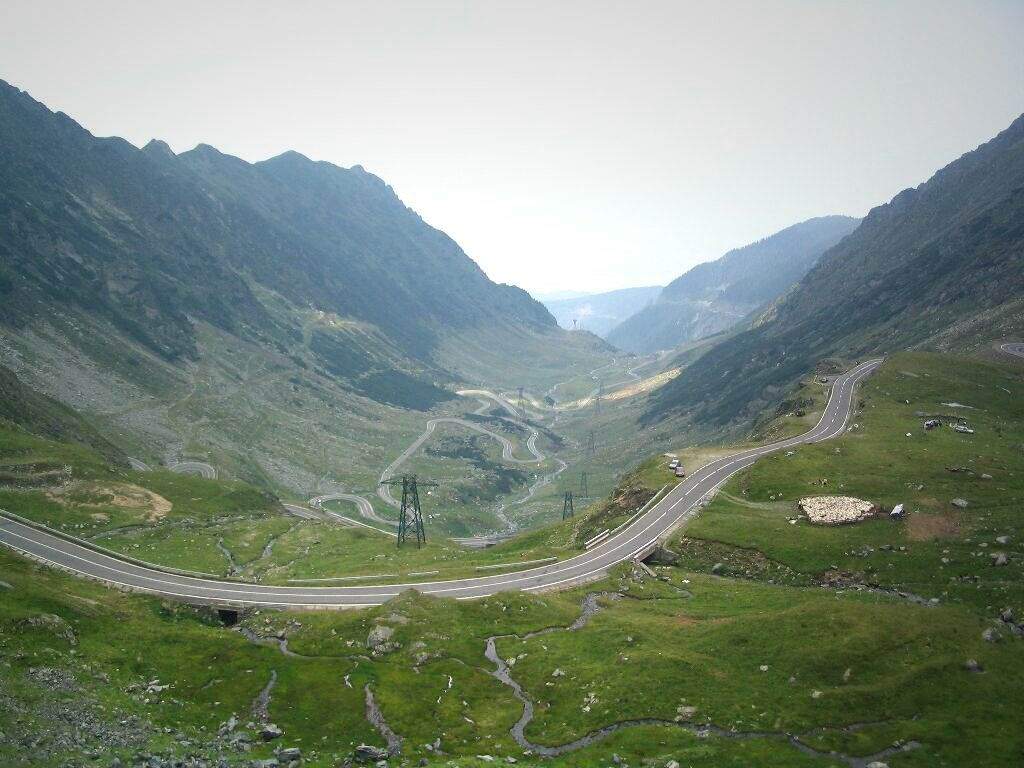Researchers are looking for signs of the collapse of wildlife in the Carpathians

Materials falling into the lake and the remains of animals and plants in and around the lake produce centimetres of sludge every year which – as more and more layers are deposited – gets compacted. So, in the bottom layers of the sludge, many decades of remains are condensed into a single centimetre of mud, reports 24.
Dr Enikő Magyari, a prehistoric environmental researcher and the head of the Department of Environmental and Landscape Geography at Eötvös Loránd University, along with other researchers are looking for fragments of pollen, lake flies, and diatoms as samples of each period. These produce well-preserved and distinctive fossils; for example, the head of the lake fly larvae is conserved in a semi-petrified state, quantifiable and distinct by species, MTI quoted the statement of Eötvös Loránd University.
Researchers are looking to find out the numbers of several subspecies of lake flies and diatoms that lived in the area of the lake. They analyse the numbers of these species that lived 5,000 years ago when the climate was warmer than today, and also analyse the numbers of a later period in the past when the climate was cooler than today. After this, the researchers take the gathered data and compare it to the number of these animals present around the lake today.
According to their findings, the composition of the studied species is changing very rapidly today. Such a rapid climate change has not happened since the great melting following the Ice Age.
“If during a warming period, the number of cold-loving lake flies slowly decreases, and warm-loving species take their place evenly, we would hardly notice it. There would be as many flies as before, at most, one indistinguishable other subspecies takes the place of another,” explains Enikő Magyari in the announcement.

In this article, you can read more about the beautiful Fogaras Mountains and even watch a video about the mesmerising scenery.
In the past ten thousand years, even today, climate change has caused a drastic decrease in the number of studied species. If the climate changes rapidly, the diversity of a species might suddenly decline, the ecosystem collapses, and a new, better-adapted species will “populate” the lake only after a few decades.
The researchers warn us that: “At this point, it is impossible not to think that our Earth is a huge Carpathian lake and that the rapid climate change could have the same effect on us humans as it had on those little creatures in the Fagaras Mountains.”
If you are more interested in technological research, you can read this article about AI.
These pond microcosms, only looking at changes over the past decades, warn us that the rate of change has accelerated significantly. There are communities of organisms that have not been present for the past 10,000 years. These changes are difficult to relate to anything other than human activity.
Biological systems have a tolerance, and if this is exceeded, a sudden collapse will occur. From this collapse, the biological system will be rebuilt in a different state, leading to the local extinction of several species.
Source: www.24.hu





